“WARTHOG WONDERLAND”
For those of you that have hunted with us, you will remember fondly the extensive number of warthogs that roam our hunting concessions. They are comical, clever, hardy and both beautiful and ugly all at the same time. It would seem impossible that a mere 50 years ago, warthogs in the Eastern Cape were unheard of. In fact, there are hardly any records of warthog reported in the journals of the 1820 settlers. There are still people today who, on the strength of no written evidence, claim that there were never warthogs in the Eastern Cape prior to their introduction.
My father, for example, attended St Andrews College, located in the Eastern Cape, from the tender age of 5 years old until his final year of schooling at the age of 18 in 1975. He assures us that, in all these years of being in the heart of the Eastern Cape, he never once saw Pumba. However, avid studies performed by zoologists at Rhodes University produced sufficient evidence via archaeological facts that warthogs did indeed exist in the Eastern Cape. At least from the Sundays River through to the Great Fish.
Warthogs were never known south of the Orange River but, as a consequence of this evidence, it was decided that they would be reintroduced into the province. This is where the debate begins. Wildlife farmers and small stock farmers will disagree as to whether the reintroduction of warthogs was a positive move for the province. That being said, we can all agree that the different environments and ecosystems of the Eastern Cape provide these animals with an absolute wonderland. And while we accept that warthog populations do better closer to the coast, they can be found throughout the Eastern Cape.
After the reintroduction of warthogs, back in the late 1970’s, farmers and conservators welcomed the animals. However, their population exploded and it soon became apparent that they were a serious nuisance in a number of ways. The main problem caused by these animals is their ability to dig holes and uplift fences. They are impossible to keep in and will happily dig under fences to escape. This is not only wildly inconvenient for the farmer, their escapes also leave gaping holes for small stock animals like sheep and goats to additionally escape and allow predators such as lynx, jackal and even leopard to get in. While this primarily affects small stock farmers, it can also get on the nerves of the most avid game farmers.
In times of drought, warthogs can also cause serious damage to grasslands leading to erosion and will even eat small lambs if the drought gets bad enough. As a consequence, farmers have tried their best to bring their numbers down through hunting. However, with litters of up to 6 piglets, giving warthogs the possibility of a 600% reproduction rate per year, it has been impossible to reduce their numbers effectively. Interestingly, in light of the above, one would conclude that it could never have been our forefathers hunting with assegais, muzzle loaders and flint stocks that caused the extinction of the Cape Warthog in the 18th and 19th century.
However, some farmers, who need not worry about warthogs lifting fences, view these animals in a different light. We have personally seen farms of about 7 500 acres who consistently shoot about 300 warthogs per annum. Research has shown that, in this particular area between Grahamstown and Bedford, the warthog population is so prolific that harvesting this number per annum is sustainable. The meat is then distributed among the people working on these farms and the surplus is then sold to butcheries around the province. Warthog meat trades for about 1 USD per kilogram and, thus, holds good value as an average warthog weighs roughly 20kg, making them worth 20 USD.
With this in mind, they actually contribute significantly from both a food security perspective as well as an economic perspective. While they can be a serious nuisance, we believe they should not be scorned to such a degree that we seek to remove them from the province entirely!
